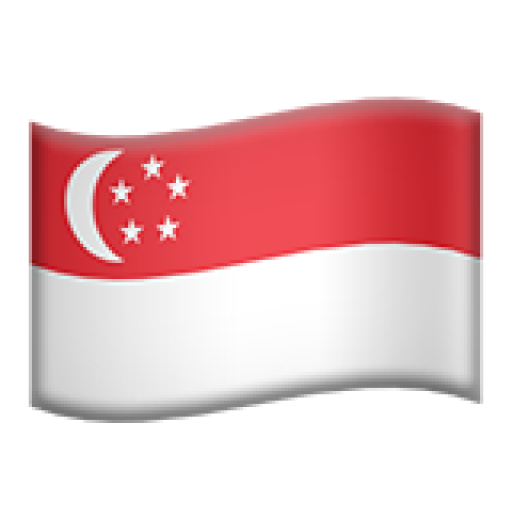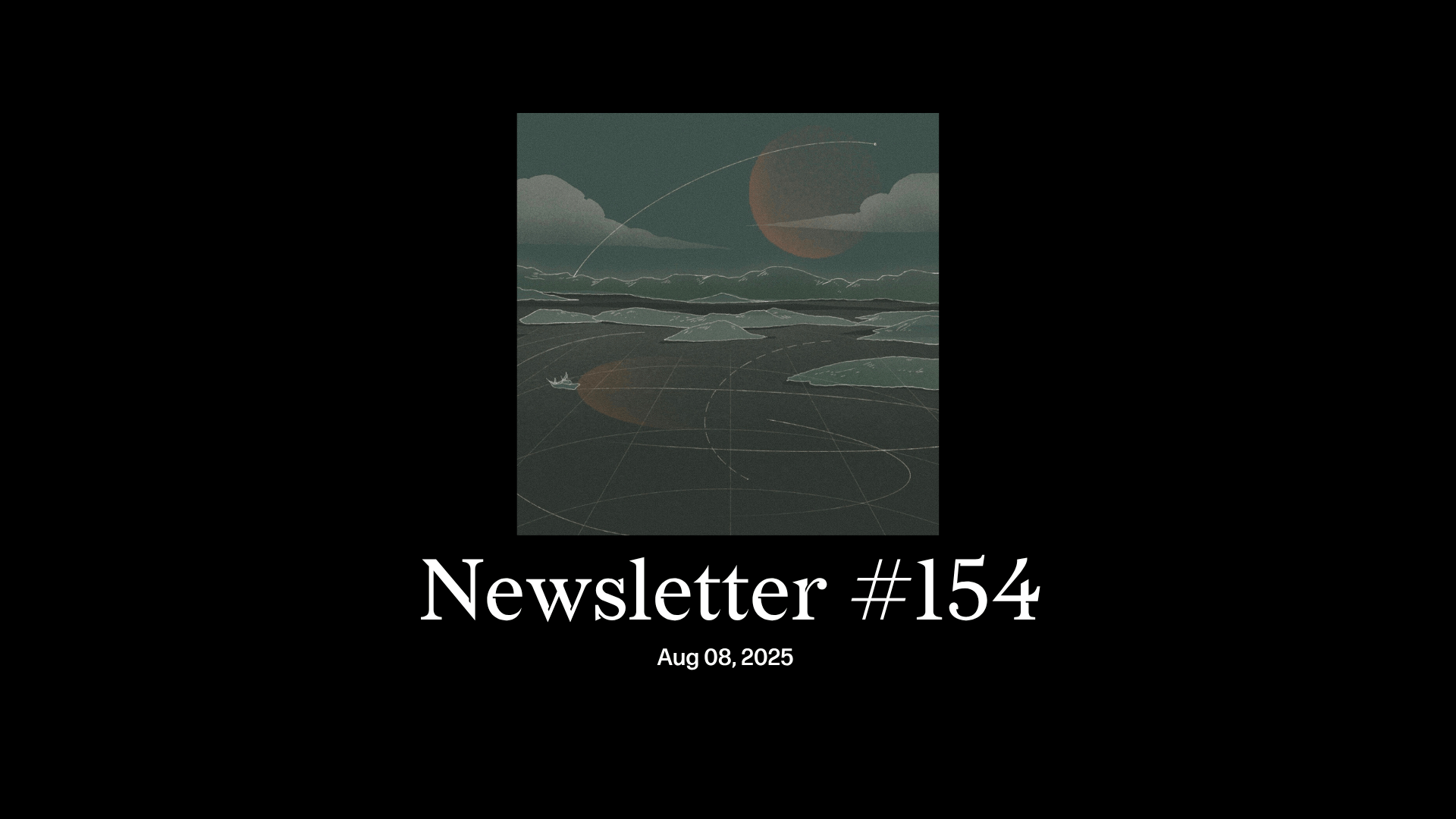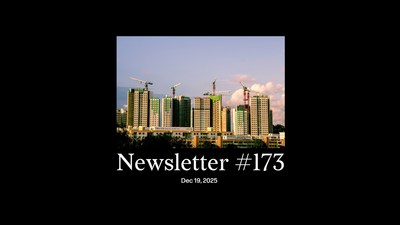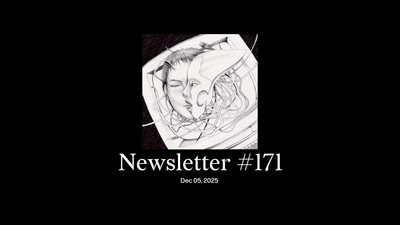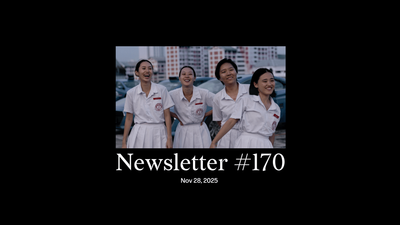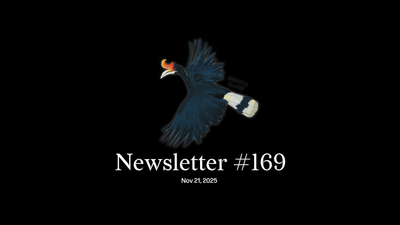Dear reader,
- Khairy Jamaluddin calls out the PAP for double-standards on campur tangan
- Lawrence’s new wonks face their first macro test
- Why is public transport ridership declining even as our population rises?
- Jom visits “Once Upon a Tide: Singapore’s Journey from Settlement to Global City” at the National Museum
- Jom attends a lecture on Khadijah Terung, sorcerer of ilmu pengasih (love magic)
- The “rewilding” of The Projector
- BlueSG hits the brakes
And more, in our weekly digest. Read it now.
Majulah Singapura: celebration, introspection and self-cultivation as we nurture our society.
“Here we are”, this year’s NDP song, is predictably filled with self-laudatory themes. “Look how far we have come” rings the chorus. While the gleaming artifice of our capitalist mecca bedazzles a certain consumerist set, the maturing of our societal consciousness should stir the souls of all concerned with social justice.
Yes, change is slow, and yes, there’s a long way to go. But it’s important to recognise that, unlike just ten years ago, we’re now a place where books on inequality top the charts, podcasts host politicians of all stripes, disaffected workers from doctors to delivery riders gather annually to protest, teenagers are increasingly politicised, and South Asian migrant workers’ heroics dominate headlines, and lead to invitations to the Istana and calls for citizenship. SG50 seems like a distant memory.
Those who clamour for major socio-political and economic change might contend that the above is cosmetic—superficial indicators to appease the disillusioned, and soothe the consciences of the elite, even as real power structures, political and business, remain as untouched as a dilapidated house on 38 Oxley Road.
Whatever the case, it’s clear that there is much work to be done to nurture our community in this place we call home. And we must begin with ourselves. At Jom, the past few months have involved much introspection. For instance, we’ve heard and absorbed the praise for our GE livestream, and also the criticism: lack of polish; poor time management; and the moderator (guess who) looking tired, depressed, or angry.
Perhaps more important than individual “product” reviews are the positions we take on key issues affecting all of us. I’d like to share two shifts in our thinking, one that might please conservatives, the other, liberals. Three years ago, when Jom was founded, I wrote a piece calling for a deeper discussion into National Service. Among other things, we suggested that Singapore could move from a conscript to a professional army; and that it should refocus its attention away from states to terrorists and cyber attackers.
While we still believe that, and will remain near the dovish end of the spectrum, we’ve become a teeny-weeny bit more hawkish. Why? The world’s a different place. The big change is obvious. Even if the US doesn’t retreat altogether from the region, it’s become a more capricious and transactional partner. The smaller ones are more subtle, for example potential friction because of a more muscular Indonesia under Prabowo Subianto.
When the facts change, so should our views. How might this affect our editorial approach to national defence? Well, we’ll certainly have more patience than before with calls for sustained defence spending, especially when new initiatives address potential future threats: such as this week’s announcement that all recruits will learn how to fly drones. But we’ll never lose sight of the ideal, a world without weapons and war.
Meanwhile, whenever we speak about Israel or Palestine, we’re going to become more assertive about the ongoing genocide in Gaza. Those of you who read our April 2024 piece, “Genocide in Gaza? Our moral responsibility”, might remember our portrayal: “From Jom’s vantage point, assessing limited evidence 8,000km away, Israel’s war on Gaza bears many of the signs of a genocide.”
Given the opinion of genocide scholars then, we believed this was accurate. But the facts have changed. Omer Bartov, a professor of Holocaust and genocide studies at Brown University whom we quoted in our first piece, is perhaps the most significant scholar to move past his indecision on the term, in an editorial last month. He referenced the destruction of much of Rafah by the Israel Defense Forces (IDF), mostly accomplished by August last year. “At that point it appeared no longer possible to deny that the pattern of IDF operations was consistent with the statements denoting genocidal intent made by Israeli leaders in the days after the Hamas attack.” In response to Bartov’s piece, Dutch historian Rutger Bregman said: “It’s becoming easier to find a climate denier among climate scientists than a genocide-denier among genocide scholars.”
Some of you have asked me why we focus on Israel and Palestine and not, say, Sudan. What’s happening in Sudan is tragic, a failure of humanity, though I’m unaware of any direct link with us. (“Escape from Khartoum”, which follows a Nuba family of nine as they try to return home, depicts the human horrors and geopolitical complexities.) By contrast, Singapore has always had a close relationship with Israel. We buy equipment from Israel’s military industrial complex, the same one that works in sync with the IDF. We’re implicated in the genocide.
So yes, Majulah Singapura, and I hope we all engage in some measure of celebration, introspection and self-cultivation. Perhaps it’s more appropriate to leave you with another bit of “Here we are”:
“Do you remember
When we sailed through seasons of change
Our journey’s not over
I’m so glad you’re my neighbour”
(I know it’s jarring to move from genocide to majulah, from images of emaciated children to triumphalism on Marina Bay. For all of us privileged enough to own smartphones, we’re confronted every second with these countervailing streams. It is perhaps the great cognitive and emotional dissonance of our times—and one we often experience alone. I found great comfort in “Our Lives Are an Endless Series of ‘And’”, an episode of “The Ezra Klein Show” where he interviews The New Yorker’s Kathryn Schulz.)
Essay: “The Zhoushan Islands: archipelagic kinship across the South Seas” by Joshua Tan
Just like Singapore in the old days. There’s a nostalgia that grips us when we walk through some Malaysian towns, especially those, like Ipoh and Malacca, with similar shophouse architecture.
I felt something similar reading this essay by Joshua Tan, a postdoc in history at NUS. He has a personal connection (no spoilers) to the Zhoushan Islands in the East China Sea. We learn what the archipelago was like before it was hit with rapid development, which often sought to emulate Singapore: a “green petrochemical industry” in the Garden City, referencing Jurong Island,
“Visiting Zhoushan, experiencing the shifting rhythms of movement, and witnessing these changes over time, have given me the briefest glimpse into how my great-grandparents may have felt when crossing the South Seas in the early 20th century. My China-born grandfather took a steamer from Swatow to Singapore in the late 1940s. The journey took two weeks, passing rivers and oceans unknown to people of my generation.
With this belated realisation of Singapore’s ‘islandness’, I increasingly began to reflect on its geographical and ecological situatedness as part of an archipelago in the Malay world, and its implications on our shifting sense of space and place.”
If Malaysia’s towns infuse us with urban nostalgia, Joshua’s piece complements with archipelagic, from the ecological to the societal. How did our geographic ancestors relate to each other and the earth in an archipelagic mode of being? It’s an important question to ponder as we celebrate 60 years of the latest myth to capture this little island. Read Joshua’s piece now.
Jom fikir,
Sudhir Vadaketh
Editor-in-chief, Jom
Behind Jom’s art, with Charmaine Poh
Marie Toh, who also illustrated our print issue No. 1 cover, once again provokes us to imagine geographies in new ways. The motif of the moon, marking the significance of the lunar calendar in both Singapore and Zhoushan, as well as the swelling and contracting of the tides that surround all archipelagos, echo the way the author ruminates on our intimately experienced cartographies. Marie’s nuanced use of pale apricot and deep navy reflects the in-betweenness resonant throughout the essay. Finally, her use of space enables us to have an aerial view of two places that usually only exist in our mind’s eye.
If you’ve enjoyed our newsletters, please scroll to the bottom of this page to sign up to receive them direct in your inbox.

